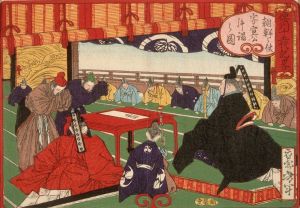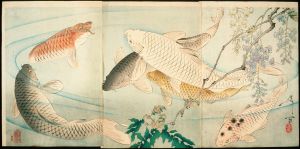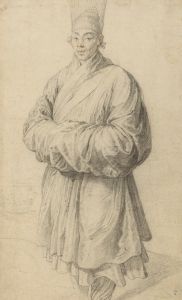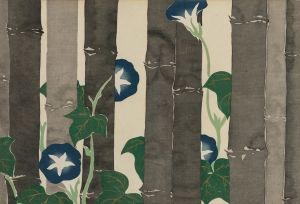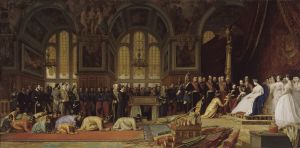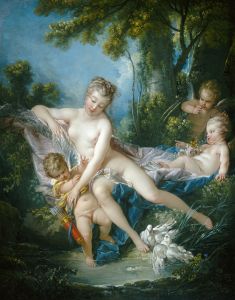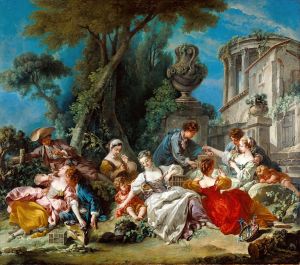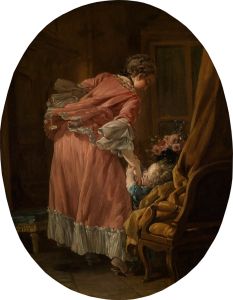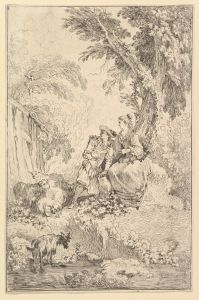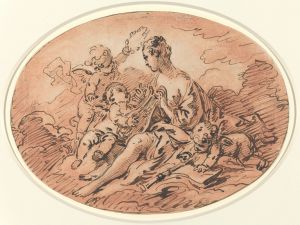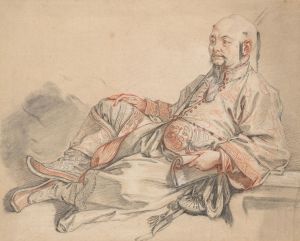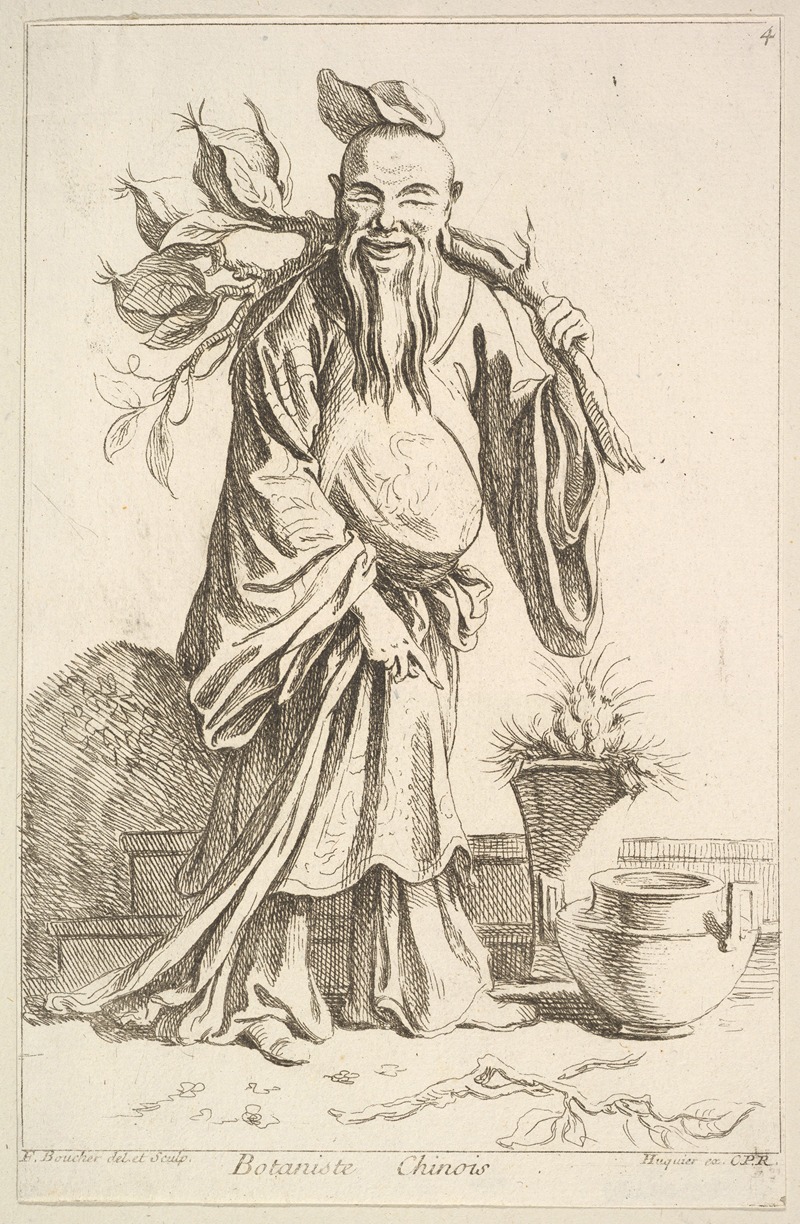
Chinese botanist
A hand-painted replica of François Boucher’s masterpiece Chinese botanist, meticulously crafted by professional artists to capture the true essence of the original. Each piece is created with museum-quality canvas and rare mineral pigments, carefully painted by experienced artists with delicate brushstrokes and rich, layered colors to perfectly recreate the texture of the original artwork. Unlike machine-printed reproductions, this hand-painted version brings the painting to life, infused with the artist’s emotions and skill in every stroke. Whether for personal collection or home decoration, it instantly elevates the artistic atmosphere of any space.
François Boucher (1703–1770) was a prominent French painter known for his Rococo style, which often depicted idyllic and voluptuous scenes with a playful and light-hearted tone. One of his lesser-known works is "Chinese Botanist," which reflects the 18th-century European fascination with Chinoiserie—a style that incorporates Chinese artistic influences and motifs.
"Chinese Botanist" by François Boucher is an exquisite example of this trend. The painting portrays a Chinese botanist, a figure that represents the European curiosity and romanticized view of Chinese culture and scientific knowledge during the period. Boucher's work often included elements of fantasy and idealization, and this painting is no exception. The botanist is depicted in traditional Chinese attire, meticulously examining a plant specimen, surrounded by an array of exotic flora.
The painting is characterized by Boucher's signature use of soft, pastel colors and delicate brushwork. The background is typically lush and detailed, filled with intricate patterns and natural elements that create a sense of an otherworldly garden. This setting not only highlights the botanist's role but also serves to emphasize the exotic and mysterious allure of the East as perceived by Europeans at the time.
Boucher's "Chinese Botanist" is a testament to the cross-cultural exchanges that were beginning to flourish in the 18th century. During this period, European interest in Chinese art, philosophy, and science was at a peak, partly due to the increased trade and contact between Europe and Asia. This fascination was reflected in various art forms, including painting, furniture, and decorative arts, all of which often featured Chinese themes and designs.
The painting also reflects the broader context of the Enlightenment, a time when scientific inquiry and the study of nature were highly valued. The figure of the botanist, engaged in the careful study of plants, symbolizes the Enlightenment ideals of knowledge, discovery, and the pursuit of understanding the natural world. Boucher, through his art, captures this spirit while also indulging in the Rococo penchant for beauty and elegance.
While "Chinese Botanist" may not be as widely recognized as some of Boucher's other works, it remains an important piece that illustrates the cultural and artistic exchanges of the 18th century. It serves as a visual document of the period's aesthetic tastes and intellectual curiosities, encapsulating the blend of fantasy, science, and cross-cultural fascination that defined much of the Rococo era.
In summary, François Boucher's "Chinese Botanist" is a notable example of 18th-century Chinoiserie, reflecting the European fascination with Chinese culture and the Enlightenment's emphasis on scientific study. The painting's delicate execution and rich detail make it a significant work within Boucher's oeuvre and a valuable piece for understanding the cultural dynamics of the time.





